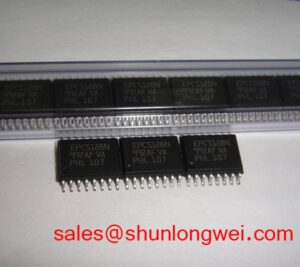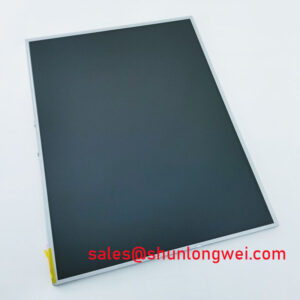Heel Spurs avoidance as well as non-surgery treatment
Orthotics supplier
A heel spur is a calcium down payment causing a bony projection on the underside of the heel bone.
What is a Heel Stimulate
Heel spurs are particularly typical amongst professional athletes whose tasks include large quantities of running as well as jumping. Most of the times, heel stimulates are pain-free, yet they do create heel discomfort as well as are typically related to plantar fasciitis. The therapies suggested by physicians for heel spurs are exercise, tailor-made orthotics, anti-inflammatory medications, and also cortisone shots, and even surgery.

=” attachment_5211″ align=” alignnone” size=” 300″/
wp-end-tag > A heel stimulate What triggers heel spurs? Heel stimulates occur when calcium deposits develop on the underside of the heel bone, a procedure that typically happens over a duration of many months. Heel stimulates are usually caused by stress on foot muscular tissues and tendons, extending of the plantar fascia, and also duplicated tearing of the membrane layer that covers the heel bone.
A heel stimulate What triggers heel spurs? Heel stimulates occur when calcium deposits develop on the underside of the heel bone, a procedure that typically happens over a duration of many months. Heel stimulates are usually caused by stress on foot muscular tissues and tendons, extending of the plantar fascia, and also duplicated tearing of the membrane layer that covers the heel bone.
The typical causes are provided as complies with.
– Irregular strolling strides, placing too much anxiety on the heel bone, tendons, as well as nerves near the heel;
– Running, jumping, jogging on difficult surfaces;
– Awkward footwear without essential arch support
– Too much body weight and also excessive weight
– Various other dangers not necessarily bring about heel stimulates include:
A.) Raising age with lowered plantar fascia flexibility
B.) Diabetes
C.) Standing too time per day
D.) Regular short ruptureds of physical activity
E.) Suffering from either flat feet or high arcs
[caption id="attachment_5212" align="alignnone" width="399"]
Prevention of Heel Spurs
As we review the reasons for heel spurs, below are some ways to prevent them.
– putting on well-fitting footwear with shock-absorbent soles, inflexible shanks, and also supportive heel counters;
– selecting appropriate footwear for each and every exercise;
– warming up and doing extending exercises prior to each task;
– slimming down, if you are overweight
Link:Heel Spurs avoidance as well as non-surgery treatment
REF: Hearing aids China, Hearing amplifier, Digital Hearing AidsThe article comes from the Internet. If there is any infringement, please contact [email protected] to delete it.



